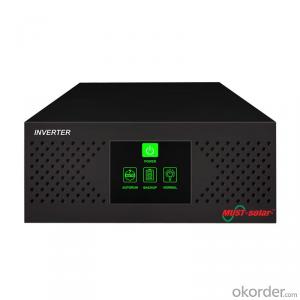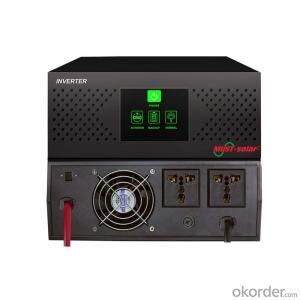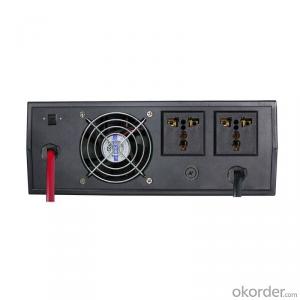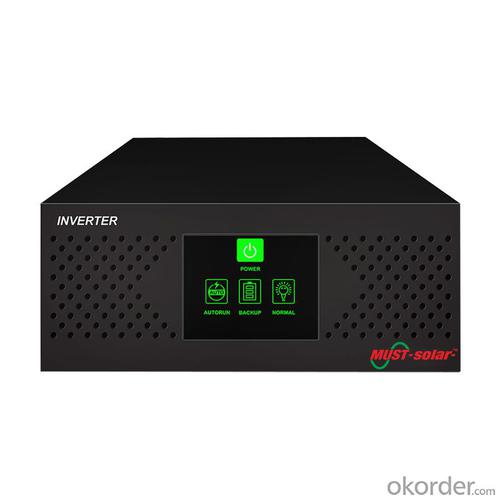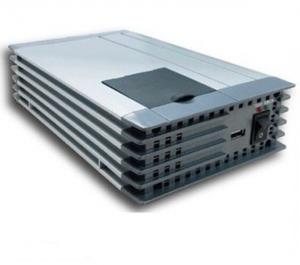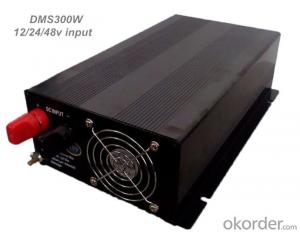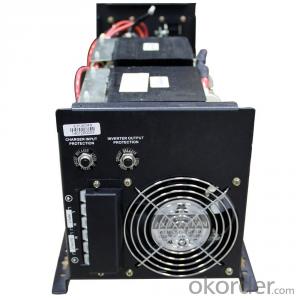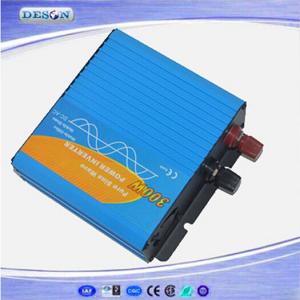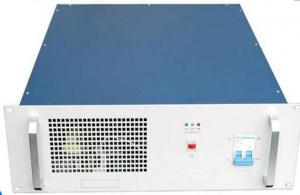Solar Inverter Fault Codes Low Frequency Pure Sine Wave Inverter EP2000 Series 300W/400W Reliable
- Loading Port:
- Ningbo
- Payment Terms:
- TT or LC
- Min Order Qty:
- 50 unit
- Supply Capability:
- 1000 unit/month
OKorder Service Pledge
OKorder Financial Service
You Might Also Like
South Africa EP1000 2000VA/1200W home solar power inverter made in China
The Specification of 2000VA/1200W home solar power inverter
EP modified sine wave inverter is a combination of an inverter and a charge. It offers a smart, convenient and economic way to get AC power supply from DC source for most electrical equipment. When the AC input is available, it will switch to AC power supply and starts charging on the batteries.
The PG series converts DC power into AC power. With a continuous output and compact design, the units is ideal for running TVs, Stereos, Laptop and computers and other home appliances .PG series will automatically transfer to inverter and provide power when AC supply is interrupted unexpectedly.
The Features of 2000VA/1200W home solar power inverter
Automatic line-to-battery switchover
Selectable input voltage ranges, power inverter has wide input range:90-280Vac narrow input range:170-280Vac
Small power inverter has high efficient DC-to-AC conversion, minimizing energy loss
Rack Tower design for flexible placement
Small power inverter built-in enhanced charger 8Amps for up to 100Ah battery
Intelligent 2-stage charger control for efficient charging and preventing overcharge
Overload protection
Auto restart while AC recovery
Multi-function LED indications and buzzer alarms
Small scale and cost effective inverter for home appliance and office equipment
LED indicator of power inverter for the battery mode, AC mode, battery charging mode, overload mode and fault warning
Over 95% efficiency in AC to AC mode
Audible alarm for the low battery, overload, overcharge and fault
Full protection of power inverter against deep discharge, overcharge, overload protection, short circuit, overvoltage and under voltage (compact power inverter)
*** 10A/ 20A charge current adjustable, LCD/ LED available power inverter EP1000 1000w 220vac solar inverter***
The Specifications of 2000VA/1200W home solar power inverter :
Rated Capacity | 500VA/300W | 1000VA/600W | 2000VA/1200W |
1.Input
Models | 120V Models | 230V Models | |
Nominal Voltage | 110V/115V/120V Selectable | 220V/230V/240V Selectable | |
Input Frequency | 47Hz ~ 65Hz, 50/60Hz Auto-Sensing | ||
Efficiency | 95%(Normal Mode) | ||
Noise Filtering | Full Time EMI/RFI Filtering | ||
Over Current Protection | By Re-Settable Over Current Protector | ||
Voltage Range | 90 - 145VAC Or 170-280VAC ( Narrow Range ) 50-145VAC / 90 280VAC (Wide Range) | ||
Surge Protection | 324 Joules | ||
2.Output
Rated Power | 500va/300w | 1000VA/600W | 2000VA/12000W | |
Output Voltage | 100V/110V/115V/120V Selectable | 200V/220V/230V/240v selectable | ||
Voltage Waveform | Modified Sine Wave | |||
Crest Factor | 3:1 | |||
Output Frequency | Auto Select For 50/60Hz | |||
Regulation (Battery Mode) | 10% -18% | |||
Transfer Time | 15ms Typical 50ms Max | |||
Protection | Over Load, Discharge, Overcharged | |||
Battery Type | Lead-Acid 12V 25Ah ~ 250Ah |
Voltage | 500VA/1000VA :DC12V ; 2000VA :DC24V |
Backup Time | Depend On Battery |
Charging Method | 3 Steps Super Charge Mode |
Charging Current | 10A At Normal Line And Normal Temperature |
Protection | Over Current Protection Over Charging Voltage Protection (No More Than 15V) Deep Discharge, Overload Protection |
3.Communications & Management
Control Panel (LED Indicator ) | Ac Mode | Green Lighting |
Battery Model | Yellow Lighting | |
Battery Charging Mode | Green Flashing Every 2 Seconds | |
Over Load | Red Flashing Every 0.5 Second | |
Fault | Red Lighting | |
Audible Alarm | Low Battery | Sounding Every 2 Seconds |
Overload | Sounding Every 0.5 Second | |
Fault | Continuously Sounding |
4.Environment And Safety
Operating Environment | 0~40 Degrees Centigrade, 0 - 90% Non Condensing |
Transit/Storage Temperature | -15°C To 55°C (5°F To 131°F) |
Operating Altitude | 0 ~ 3000 Meters |
Audible Noise | 50dba |
Safety Markings | CE.FCC |
Quality Control System | ISO 9001 |
5.Physical
Dimensions(H×D×W) | 355*130*230mm | ||
N.W / G.W(Kg) | 1.6 / 2 (Kg) | 2 / 2.3 (Kg) | 2.2 / 2.6 (Kg) |
Packing | 6pcs/Carton | ||
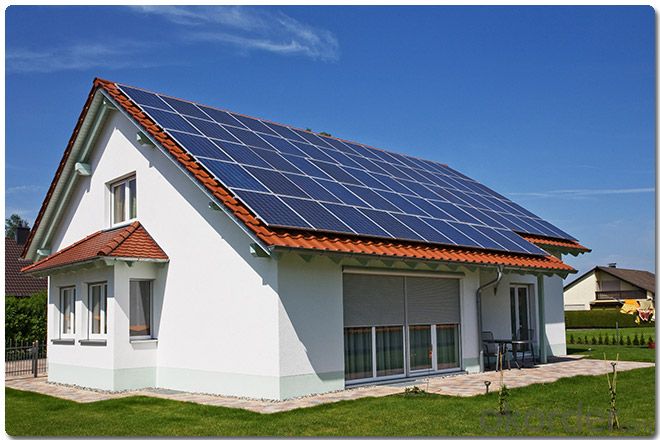
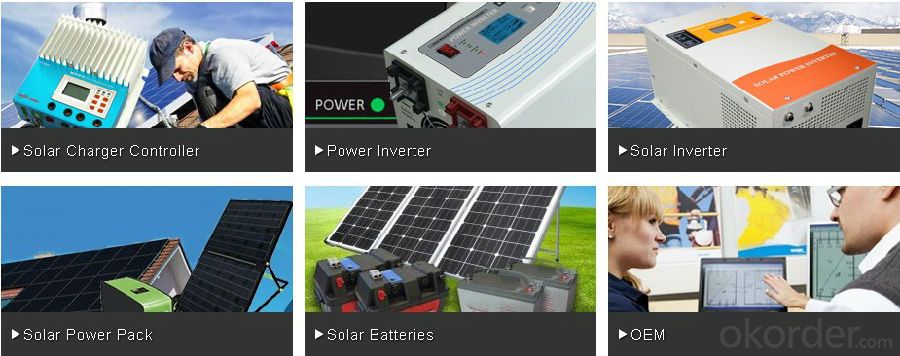
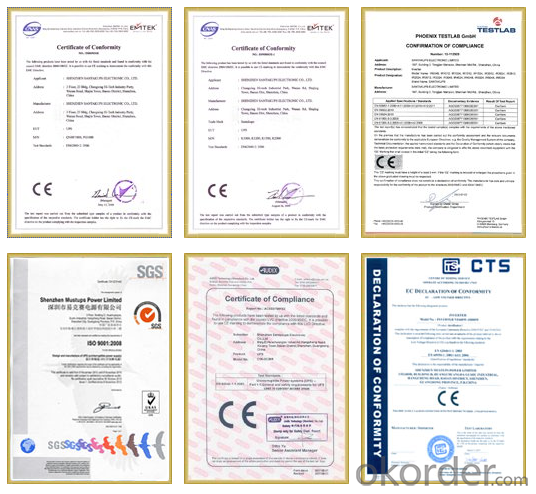
Warrenty
provides a 1~3 year limited warranty (“Warranty”) against defects in materials and workmanship for its Uninterruptible power supply, Power inverter/chargers, Solar charge controllers, Battery Products (“Product”).
The term of this Warranty begins on the Product(s) initial purchase date, or the date of receipt of the Product(s) by the end user, whichever is later. This must be indicated on the invoice, bill of sale, and/or warranty registration card submitted to MUST-Solar. This Warranty applies to the original MUST-Solar Product purchaser, and is transferable only if the Product remains installed in the original use location.
FAQ
1. How do I decide which system is right for me ?
For protection from long outages, include a generator or solar panels in your Must solar system. Shorter outages can be handled by a battery-only system.
2. Where my system will be installed ?
Must solar systems are usually wall-mounted near a home's main electrical (circuit breaker) panel.
3. How do I install my system ?
A must solar backup inverter is connected to a home electric system , we will supply detailed installation manual and videos for our customers .
- Q: What are the safety certifications to look for in a solar inverter?
- When looking for safety certifications in a solar inverter, some important ones to consider include the UL 1741 certification, which ensures compliance with safety standards for grid-connected inverters, and the IEC 62109 certification, which verifies the safety of the inverter in regards to electrical and fire hazards. Additionally, certifications such as CE, TÜV, and ETL mark can also indicate compliance with safety standards and regulations.
- Q: How does a solar inverter handle voltage regulation during sudden load changes?
- A solar inverter handles voltage regulation during sudden load changes by continuously monitoring the voltage levels and adjusting the power output accordingly. When there is a sudden increase in load, the inverter will automatically increase its power output to meet the demand and maintain a stable voltage. Conversely, if there is a sudden decrease in load, the inverter will reduce its power output to prevent voltage spikes and maintain a consistent voltage level. This dynamic response allows the solar inverter to effectively regulate voltage during sudden load changes and ensure the stability and reliability of the solar power system.
- Q: What is the typical size and weight of a solar inverter?
- The typical size and weight of a solar inverter can vary depending on the capacity or power rating of the system. However, in general, residential solar inverters are compact and lightweight, with dimensions around 14-18 inches wide, 20-24 inches tall, and 6-8 inches deep. Their weight usually ranges between 25-50 pounds. Commercial or utility-scale solar inverters, on the other hand, can be much larger and heavier, often weighing hundreds or even thousands of pounds.
- Q: What is the role of voltage regulation in a solar inverter?
- The role of voltage regulation in a solar inverter is to ensure that the energy generated by the solar panels is converted and delivered to the electrical grid or used within a premises at a stable and appropriate voltage level. It helps to maintain the quality and consistency of the electricity output, protecting the connected devices and ensuring optimal performance of the solar power system.
- Q: Can a solar inverter be used with a solar-powered desalination system?
- Yes, a solar inverter can be used with a solar-powered desalination system. A solar inverter is responsible for converting the direct current (DC) produced by solar panels into alternating current (AC) that is required to power electrical devices. In the case of a solar-powered desalination system, the solar panels generate DC electricity, which is then converted by the inverter to AC power to operate the desalination system's pumps, motors, and other electrical components. This allows the system to utilize solar energy efficiently and sustainably for the desalination process.
- Q: Can a solar inverter work during a power outage?
- No, a solar inverter cannot work during a power outage unless it is specifically designed with a battery backup system.
- Q: What are the advantages of using a solar inverter?
- The advantages of using a solar inverter include the conversion of DC power from solar panels into AC power suitable for use in homes and businesses, the ability to sell excess electricity back to the grid, reduced reliance on fossil fuels, lower energy bills, and environmental benefits such as reduced carbon emissions.
- Q: Can a solar inverter be used with different types of mounting systems?
- Yes, a solar inverter can be used with different types of mounting systems. The solar inverter is responsible for converting the direct current (DC) generated by the solar panels into alternating current (AC) that can be used to power electrical devices. It is compatible with various mounting systems such as rooftop, ground-mounted, or pole-mounted installations, as long as the solar panels are properly connected to the inverter.
- Q: Can a solar inverter be connected to a home automation system?
- Yes, a solar inverter can be connected to a home automation system. This integration allows for better control and monitoring of the solar energy production and enables homeowners to optimize their energy usage based on real-time data.
- Q: How does a three-phase solar inverter differ from a single-phase inverter?
- A three-phase solar inverter differs from a single-phase inverter in terms of the number of electrical phases and the power output capacity. While a single-phase inverter is designed to convert the direct current (DC) generated by solar panels into alternating current (AC) with a single electrical phase, a three-phase inverter converts DC power into AC power with three electrical phases. This allows for a more balanced distribution of power across the three phases, resulting in increased efficiency and higher power output. Additionally, three-phase inverters are commonly used in industrial and commercial settings where higher power demands are required, while single-phase inverters are typically used in residential applications with lower power requirements.
Send your message to us
Solar Inverter Fault Codes Low Frequency Pure Sine Wave Inverter EP2000 Series 300W/400W Reliable
- Loading Port:
- Ningbo
- Payment Terms:
- TT or LC
- Min Order Qty:
- 50 unit
- Supply Capability:
- 1000 unit/month
OKorder Service Pledge
OKorder Financial Service
Similar products
Hot products
Hot Searches
Related keywords
